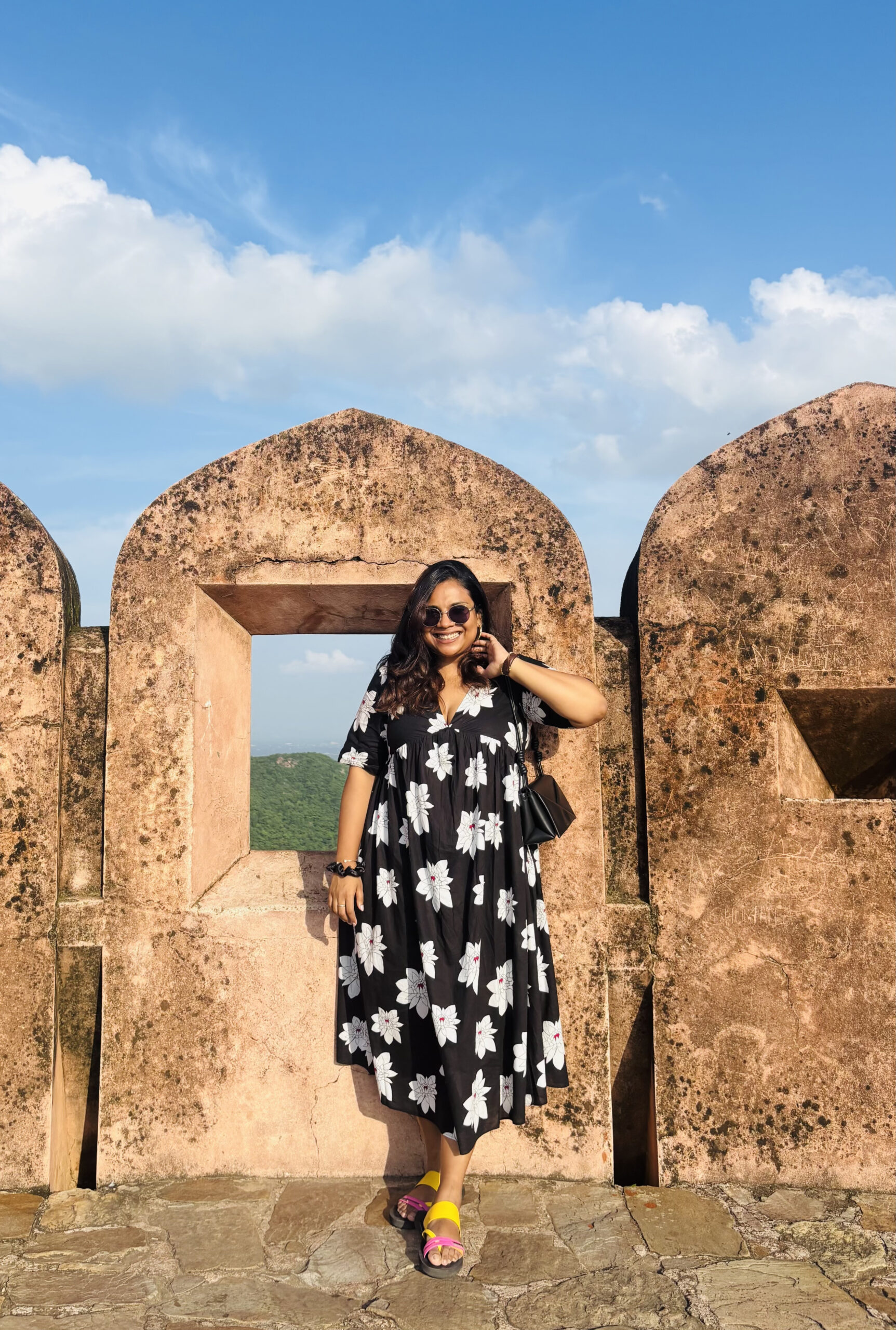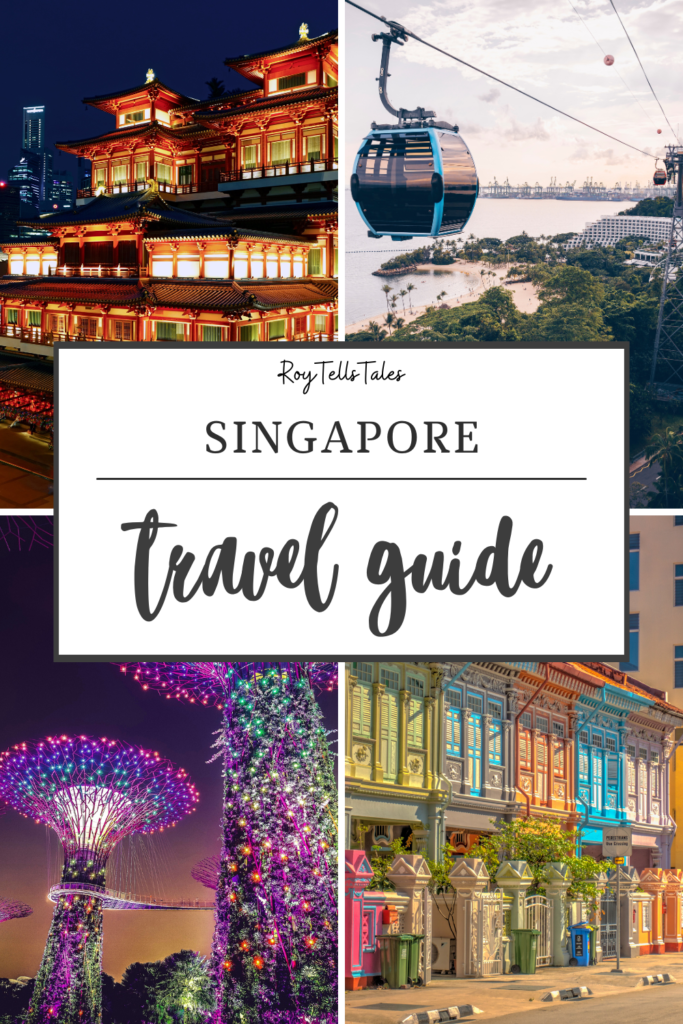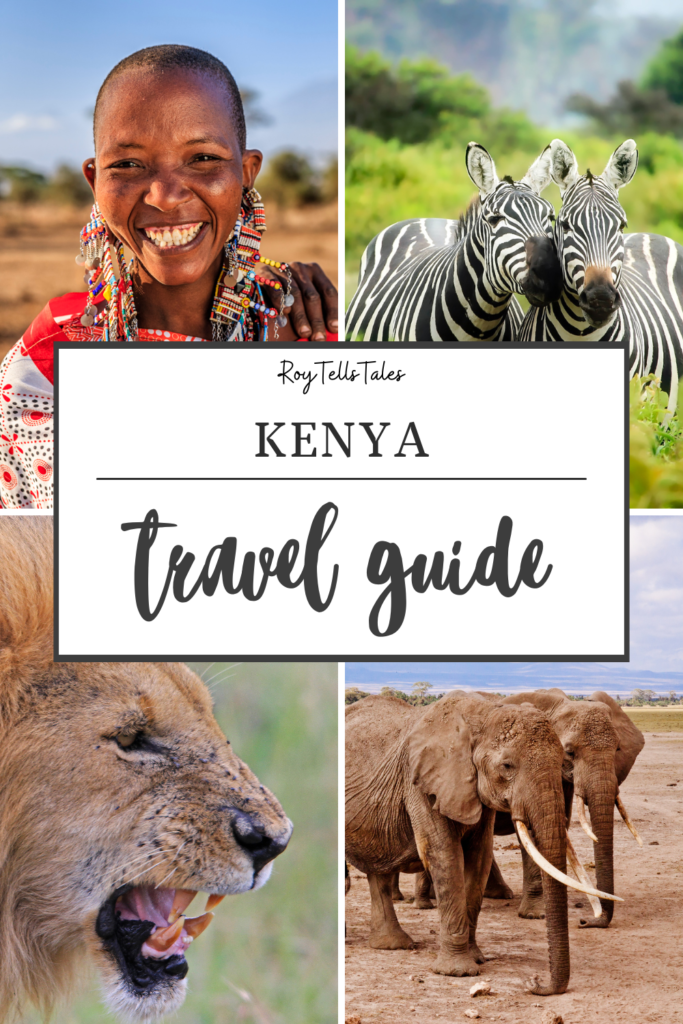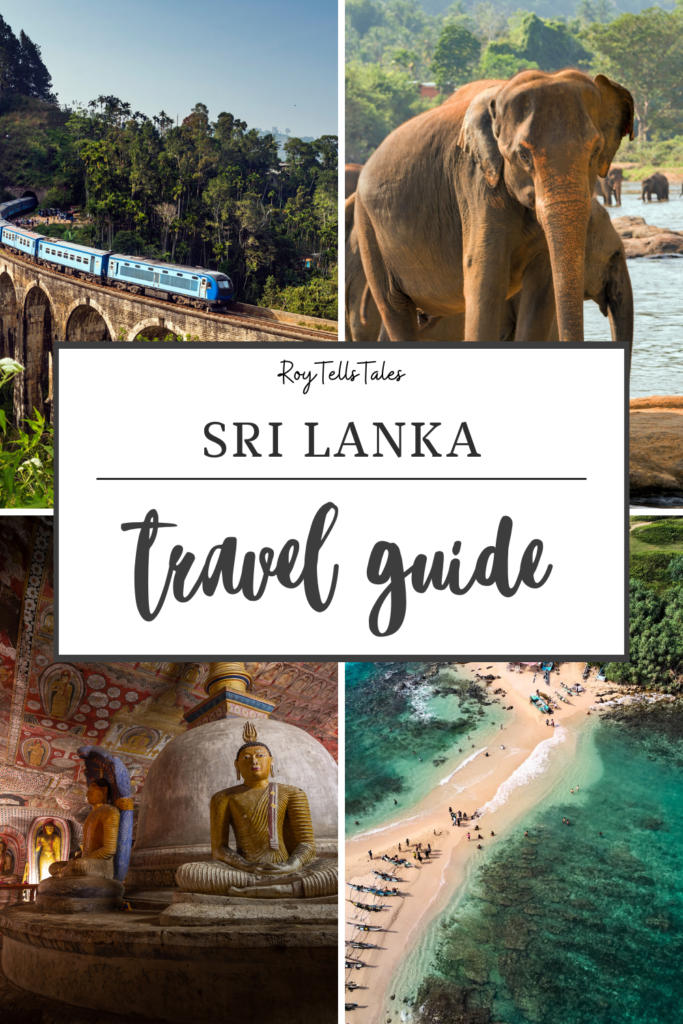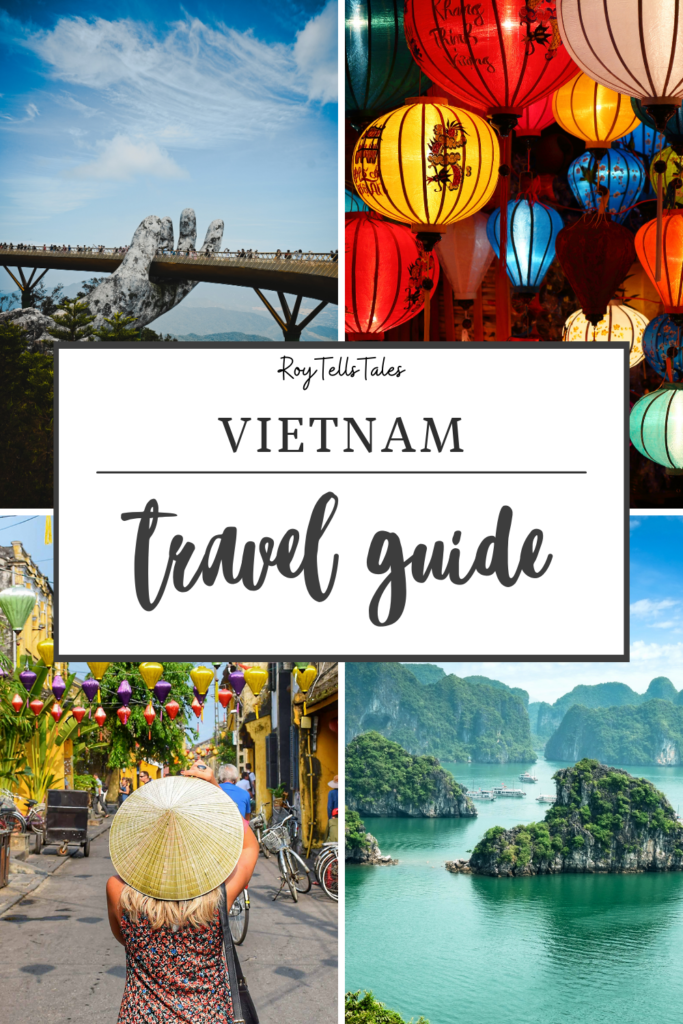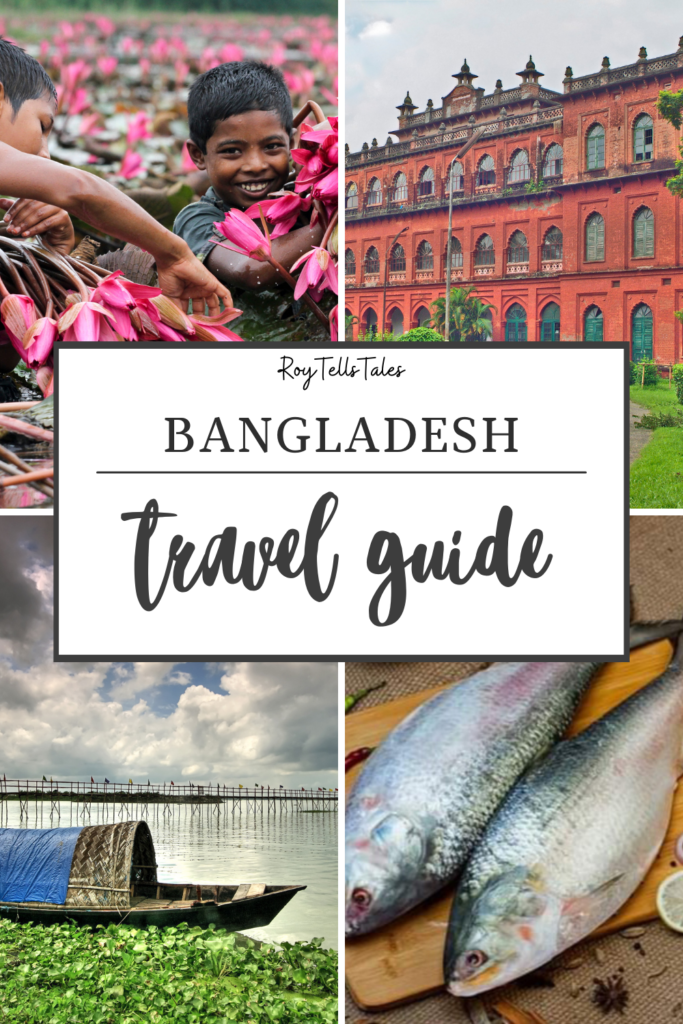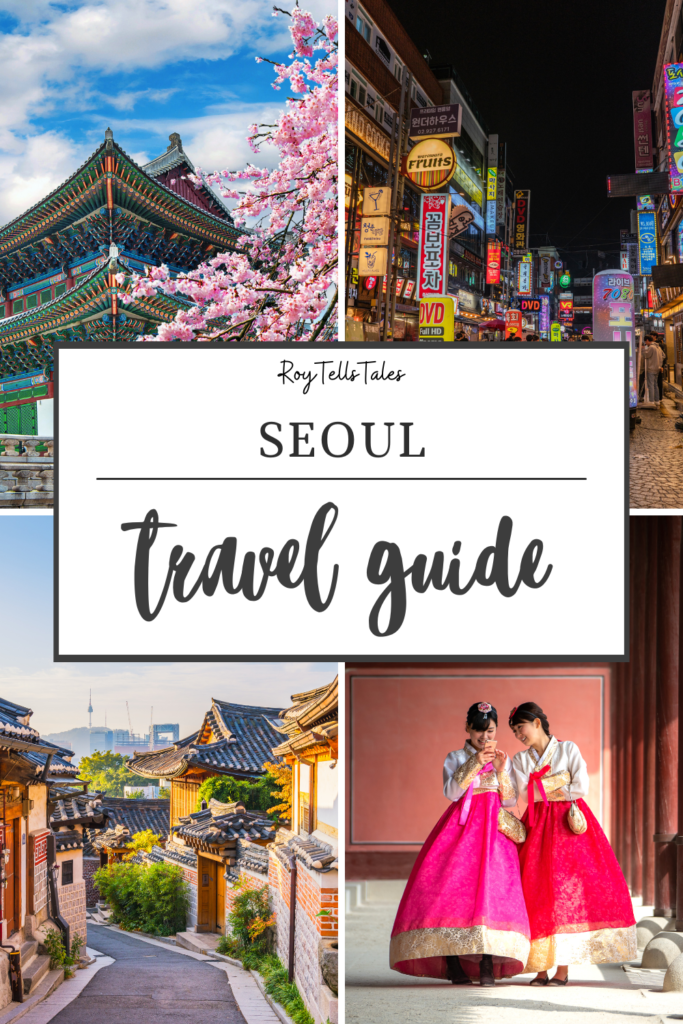

Experiencing The Kashmir Great Lakes Trek
This post is written by a guest contributor, Ritesh Mishra.
Author’s Bio: Ritesh is a seasoned travel writer, passionate about discovering hidden gems around the world. With a knack for storytelling, he shares unforgettable adventures and practical tips that help readers on their journey.

The Kashmir Great Lakes Trek is every thrill-seeker’s delight, and the natural beauty that delights you throughout the trails is a treat to the eyes. One of the main reasons for the surpassing views that the trek holds is because of the serene lakes and other small water bodies that mark their presence from time to time.
Lakes like Vishansar Lake, Gangabal Lake, Gadsar Lake, and more are high-altitude lakes that fill your heart with pure delight. Their turquoise water is enough to melt you. Camping near the shores of some of them is the highlight of the trek. Other activities to do are trout fishing and angling.
For some tranquillity, you can even take nature walks or go for strolls in the evening. Perform some light yoga and meditation, as they soothe the mind and prepare you for the upcoming trek. Doing this trek by yourself can be a bit dangerous; that is why some trekking and travel companies in Kashmir, like Cliffhangers India, arrange this beautiful trek for you.
Below, we have mentioned the characteristics and highlights of each lake that you will witness on the Kashmir Great Lakes trek. Take a look!
List of The Alpine Lakes You’ll Cross on the Kashmir Great Lakes Trek
Vishansar Lake
Vishansar Lake offers a charming camping spot at the very start of the Kashmir Great Lakes Trek. You can pitch your tents here and relax for the night. The scenic views here are so breathtaking that you would not want to leave. Located at an altitude of about 12,000 ft, Vishansar Lake’s literal meaning is ”Lake of Vishnu”.
It is religiously significant in Kashmir, especially for Kashmiri Pandits. People come here to offer their prayers. The ambience that is formed here is beyond description. You can walk by the shores and admire the beauty of the area. The water is so clean and pure that the snow-laden mountains in the background can be seen on the surface of the lake.
Kishansar Lake
The other alpine lake to be seen on the Kashmir Great Lakes is Kishansar Lake. Its name is associated with Vishansar Lake, and they are called the twin lakes of the trek. Located in proximity to each other, the total distance between them is just one kilometre. Meaning ‘The Lake of Krishna’, which is one of the highlights of the trek.
The captivating beauty of the lake makes it a popular camping site. You can lie down by night under the starry night and enjoy stargazing. It is home to trout fish, which are found in abundance. It offers a picturesque location, so don’t forget your cameras.
Gadsar Lake
At the highest point of the Kashmir Great Lakes trek, resides the Gadsar Valley, and in between that, you will witness the presence of Gadsar Lake. Another name for the lake is Yemsar or ‘The Lake of Yamraj’ or Death. Gadsar Pass whose altitude is 4,200 m is near it and you have to cross it too in the trek. It is at one of the highest points of the trek, located at an altitude of 3,800 m.
The lake is also known as ‘The Lake of Flowers’. The reason behind the name is the different kinds of vibrant flowers found around the lake. The panoramic views of the entire region surrounding are unparalleled. You should go for walks in the vast valley and feel some peace.
Satsar Lakes
The twin lakes of Satsar in the Satsar Valley are another great thing about the Kashmir Great Lakes trek. Here, you will see a collection of some seven lakes, at an altitude of approximately 3,600m. They are interconnected to each other.
The region around the valley and the lake offers a magical contrast. You will see the barren rocky terrains that are opposite to the green landscapes and meadows found throughout the rest of the trek. Like other lakes, Satsar Lakes are a picturesque place where after calling it a day, you can get some rest and rejuvenate for the next day.
Gangabal Lake
Gangabal Lake is considered holy and sacred in Hinduism, and pilgrims include it in their journey when in Kashmir on their spiritual trip. It is believed to be one of the homes of Lord Shiva. The lake is the biggest highlight of the Kashmir Great Lakes trek.
It is situated on the foothills of Mount Harmukh, and those lofty, snow-laden peaks found in the backdrop form a surreal setting. It can be said enough how surprisingly gorgeous Gangabal Lake is. You will be mesmerised to the core. It is at an altitude of 3,770 m and is another camping spot in the trek. They act as a source of water for Nundkol Lake, and they are closely situated. You will be pleasantly surprised by its majestic beauty. Camp here for a soothing and tranquil stay.
Nundkol Lake
Nundakol Lake is located at an altitude of about 3,500 m and a short distance from Gangabal Lake. From the lake, you can see the sights of Mount Harmukh. The serene environment around the lake can easily capture your heart. Summer is a great time to visit here as the lake, located at high altitudes, freezes in winter. The routes also become inaccessible from December to February.
It offers an ideal setting for camping and fishing. Make sure you have the necessary permission. Carry all the gear you need, such as fishing sticks and baits.
[Also Read: Lidderwat Trek: Experience The Offbeat Trekking in Kashmir]
Frequently Asked Questions About Kashmir Great Lakes Trek
How difficult is the trek?
The trek is classified as moderate to difficult. It involves daily walks of 10-12 km, steep ascents and descents, and high-altitude conditions, reaching up to 13,800 feet (4,205 meters).
What is the best time to do the Kashmir Great Lakes Trek?
The best time to trek is from July to mid-September. During this period, the weather is pleasant, and the meadows are in full bloom. The lakes and landscapes look their best.
How long does the trek take?
The trek typically takes 7 to 8 days to complete, depending on the itinerary and weather conditions.
What are the starting and ending points of the trek?
- Starting point: Sonamarg (around 80 km from Srinagar).
- Ending point: Naranag, a small village in the Ganderbal district of Kashmir.
Is a permit required for the trek?
Yes, trekkers need to obtain permits from local authorities, especially since the trek passes through sensitive areas near the Line of Control (LoC). Most trekking companies arrange the permits.
What is the fitness level required for the trek?
A good level of fitness is essential. Trekkers should prepare with cardio exercises, endurance training, and practice hikes with a backpack to get used to walking on uneven terrain.
Are there any risks of altitude sickness?
Yes, since the trek reaches high altitudes, there is a risk of Acute Mountain Sickness (AMS). Trekkers should acclimatise properly, stay hydrated, and be aware of symptoms like headaches, nausea, and fatigue.
Is it safe to trek in Kashmir?
The Kashmir Great Lakes Trek is generally safe, but it’s essential to go with a reputable trekking operator who is aware of local conditions and has contingency plans in place.
Can beginners do this trek?
While it is possible for beginners with good fitness levels, prior trekking experience is recommended. It helps to have done at least one moderate trek before attempting the Kashmir Great Lakes.
Are mobile networks available on the trek?
Mobile networks are generally unavailable during most of the trek. You may get some network at the starting and ending points, but it’s best to inform family and friends beforehand.
How cold does it get during the trek?
Nighttime temperatures can drop to 0°C or below, especially at higher campsites. Depending on the weather, daytime temperatures range from 10°C to 20°C.
Are guides and porters available?
Yes, trekking companies provide guides, porters, and mules to carry camping equipment. Trekkers typically carry their own personal backpacks.
What is the cost of the trek?
The cost varies based on the trekking operator but generally ranges from ₹15,000 to ₹20,000 per person, including food, tents, guides, and permits.
Things to know before you embark on the Kashmir Great Lakes Trek
The lakes on the Kashmir Great Lakes trek are among the most beautiful not only in Kashmir but in all of India. When visiting these lakes, keep the following in mind:
- Pack all your camping gear: Bring a sturdy tent, sleeping mat, and sleeping bag.
- Carry all essentials: Make sure you have all the necessary supplies.
- Bring enough woollen clothes: It gets chilly out there, so pack plenty of warm clothing.
- Acclimatise properly: To avoid high-altitude sickness, take the time to acclimatise.
- Listen to your trek leader: The routes to these lakes can be tricky, so follow your leader’s guidance.
- Practice caution: Be careful while crossing the adventurous passes on the trek.
- Be a conscious trekker: Don’t pollute the environment. Bring your trash back with you and always leave nature as pristine as you found it.
Enjoy the breathtaking beauty of the lakes while prioritising safety and environmental responsibility.

